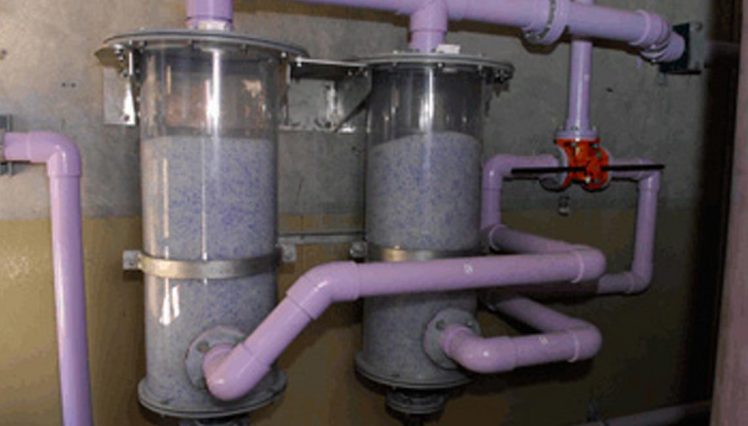Harding Dam Sulphuric Acid Dosing System Upgrade
-
ClientWater Corporation of Western Australia
-
LocationHarding Dam, Roebourne - Western Australia
-
Value$720k
-
Year2007
Harding Dam Sulphuric Acid Dosing System Upgrad
The Harding Dam Sulphuric Acid Dosing System Upgrade at the Harding Dam Water Treatment Plant 35km East of Karratha Western Australia. The project scope consisted of the following items.
The existing dosing system at Harding Dam required upgrading due to a significant number of failures of the cPVC pipework and valves from overheating. This system was upgraded to prevent future failures, and to overcome other design shortcomings of the original system.
The design incorporated additional instrumentation to provide better process control and monitoring of system temperatures, pressures and flows.
Pipework was all 316 stainless steel. PFA/PTFE lined pipe and fittings were used for the dilute acid circuits. These had long lead-times, and there was no possibility for field fit joints.
Accuracy of the completed layout had to be guaranteed. To achieve this, a site survey was carried out, and the entire layout was modelled in 3D in AutoCAD. Shop drawings were created from this model. The result was mm perfect accuracy during on-site erection. Some field fit joints were allowed for on the unlined pipe spools.
This is a construction methodology which Watercon had applied on previous projects with excellent results.
The panels were assembled and pre-tested in Perth, loaded into Watercon’s sea container site workshop and transported to site on Watercon’s 8t truck. This provided the additional peace of mind that the load was treated with care for the entire journey.
The existing system had to be de-commissioned before the new equipment could be installed. This required careful planning and execution due to the hazards associated with concentrated sulphuric acid.
This work proceeded smoothly with no incidents.
It was discovered during decommissioning the internal lining of the storage tank had failed.
The tank to be completely drained, and washed to allow an internal inspection to be undertaken. Special procedures had to be developed for this, as none existed in the plant operating manuals for this work.
The decommissioning procedures were based on those developed for the decontamination of the FSA storage tank at Two Peoples bay WTP. Again this work was completed safely and without incident.
Installation of the new system was completed as designed, with all the pipes spools, valves and equipment bolting upaccurately.





